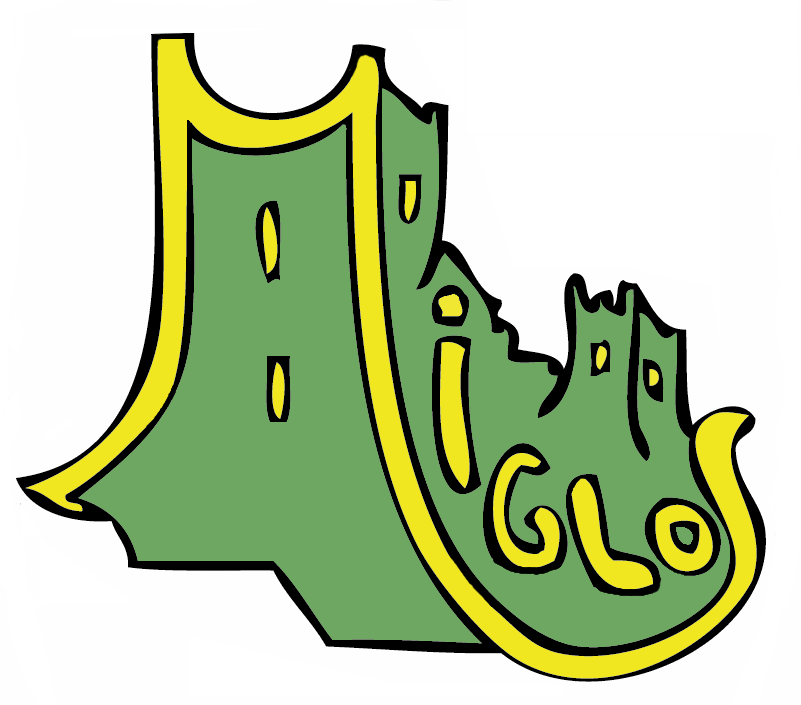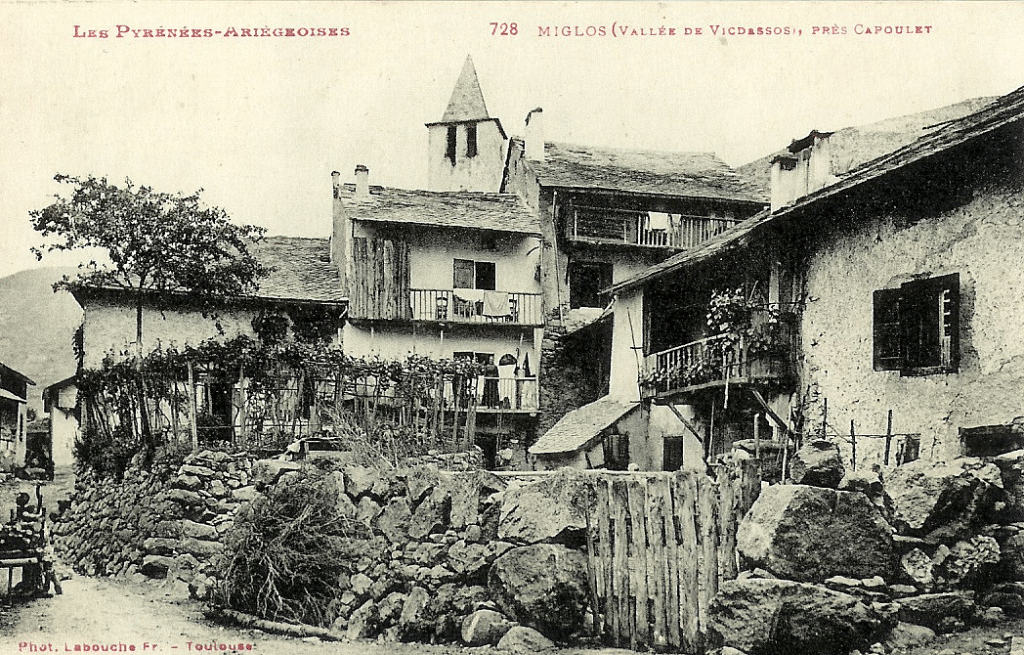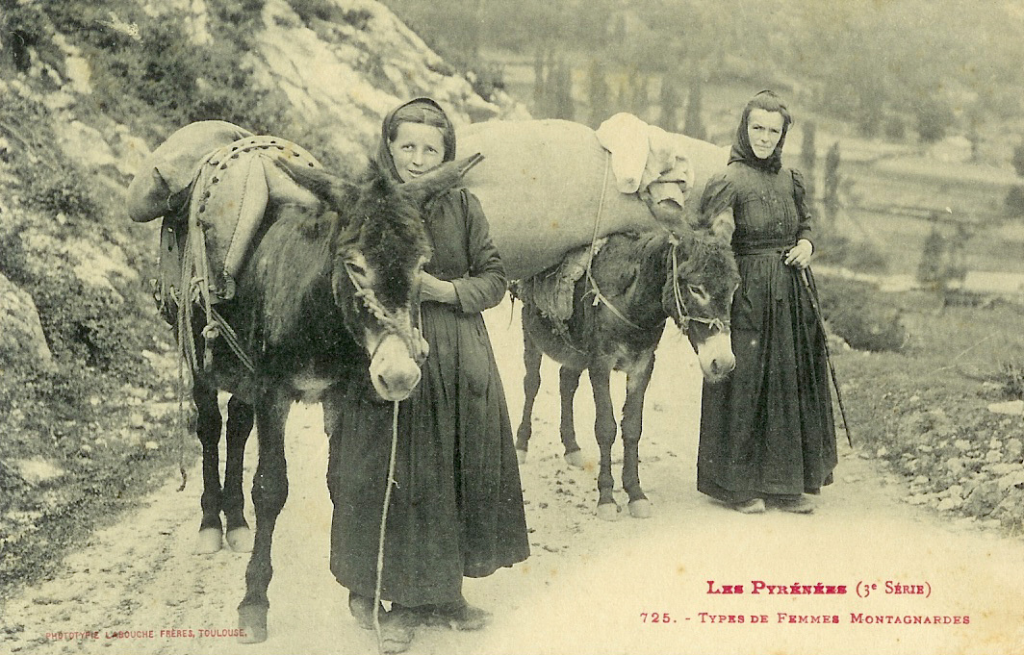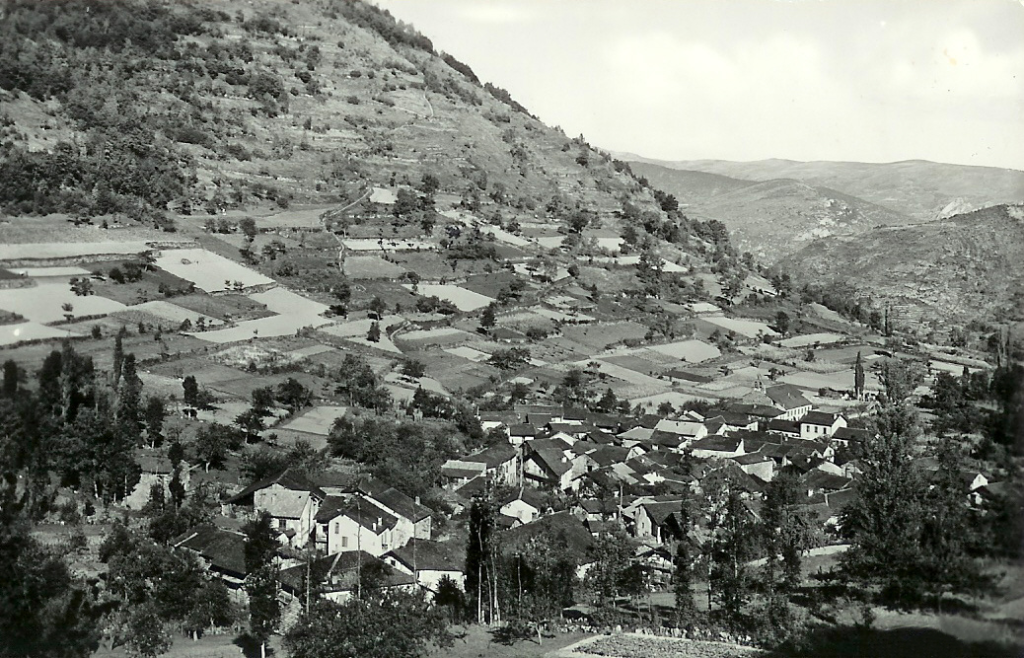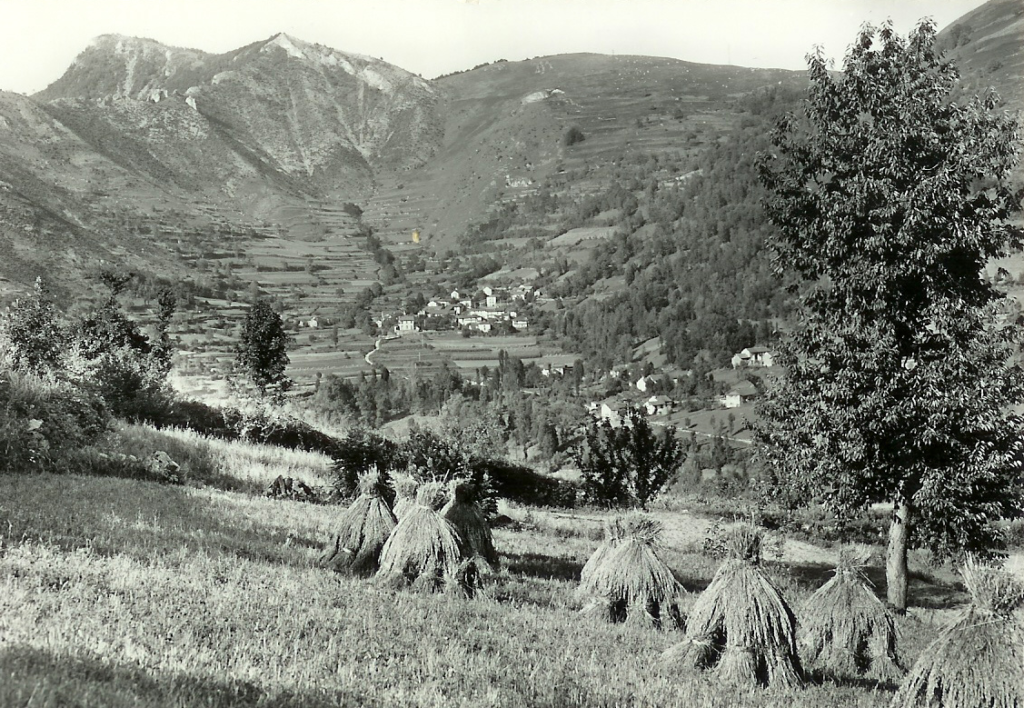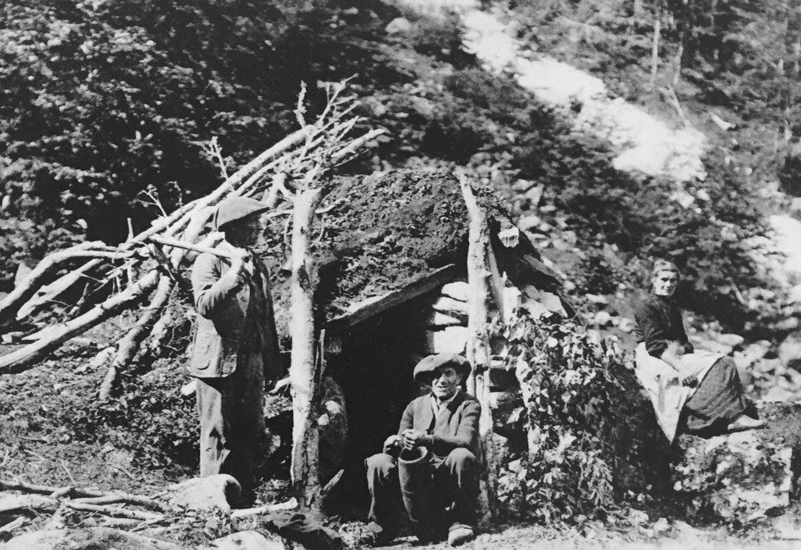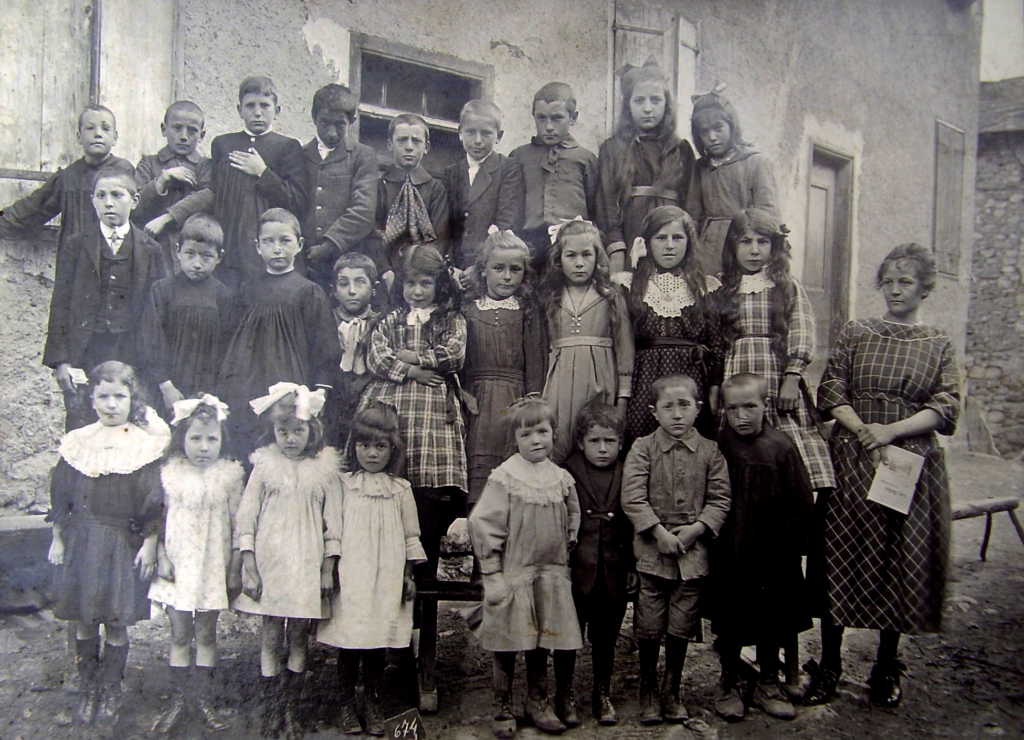Grouped habitat
Unlike other municipalities in Haute-Ariège, Miglos’s habitat is not grouped into a single village but spread over five hamlets:
- Arquizat,
- Axiat,
- Baychon,
- Norrat,
- Norgeat.
Houses built of stone on 3 levels: cattle below, men and hay above.
Around 1850
Crucial period, when all balances collapse: misery due to the increase in population is rife.
773 inhabitants in 1765, 1504 in 1841, which causes a seasonal emigration then definitive.
Natural disasters and epidemics are piling up. Those of 1836 and 1837 are terrible.
From 1845 to 1847 the food shortages were permanent. Misery is at its height.
In 1854 cholera killed 234 of the 1,305 inhabitants.
Survival agriculture
The work is very hard, the fields are very small and sown several times a year: rye, wheat, oats, millet, buckwheat, lentils and potatoes. The hoe and the pitch are the only tools that can be used on sloping ground.
For the fabric, are used linen and hemp, the wool of the sheep that the women spin in the evening at the vigil.
It is not uncommon to find families of 8-10 people whose livelihood consists of a little milk, potatoes, some corn porridge or buckwheat.
As a result of the application of the forest code of 1827, so rigorous for the pastoral population, and the gradual disappearance of “common wastelands”, the peasant is reduced to using only “the grass of his meadow”. Weakened herds, ruined fields for lack of manure, vast areas remain without cultivation. Bad harvests follow one another.
Imbalance in the agro-sylvo-pastoral system
The openness to the plain and the city, the attraction of young people to discovering modern life definitely changes life in Miglos.
From 1870, the economy and lifestyles changed:
- the opening up through the development of railways and the improvement of roads accompanies the transition from a self-sufficient system to a trade economy and allows the security of food supplies,
- the progression of monetary exchanges replaces barter practices,
- the metric system replaces the local measurements of length, volume and weight,
- the expansion of the use of French, which until then had not been widely used, led to a lasting weakening of the patois then actively spoken to Miglos,
- the disappearance of village customs and peculiarities goes hand in hand with the loss of the skills of artisans and the extinction of trades.
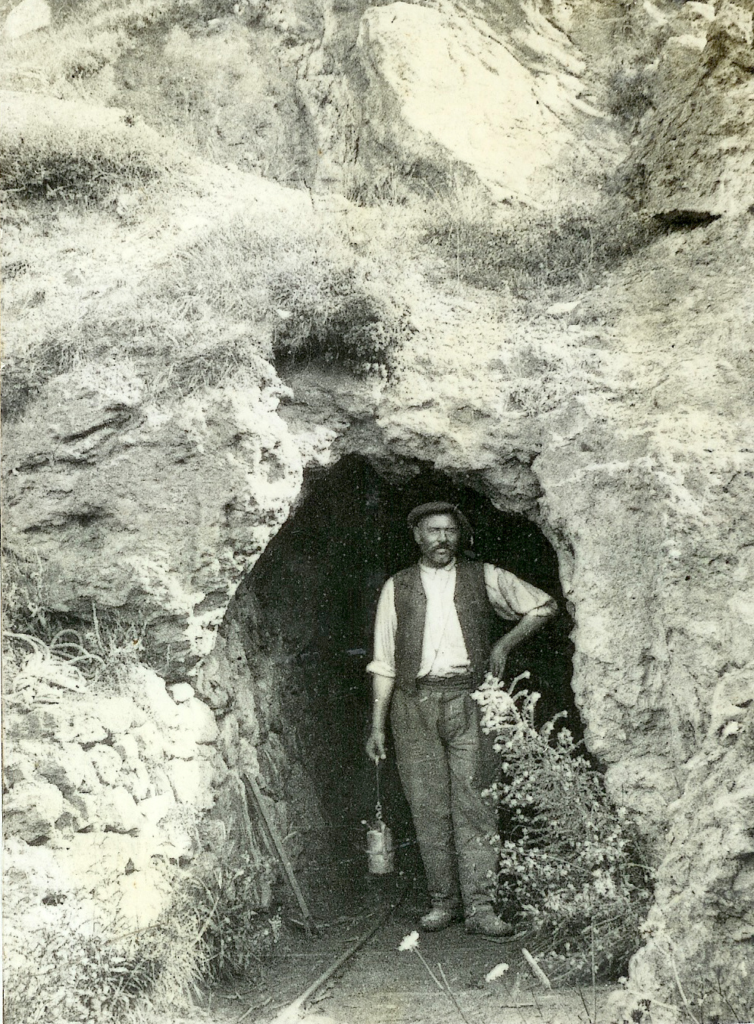
Forests and mines
The forest is an essential element for the subsistence of the villagers (heating, construction…).
- The forest code of 1827 still restricts the use rights of peasants over forests. In particular, he started the “War of the Ladies” in Ariège (1829-1832).
- In 1831, the prefect sent to Miglos a company of 60 men in garrison, in order to suppress the “damage on the fir forest of M. de Vendomois”
The mines: the exploitation of iron peaks at the end of the 19th century. Seven mines are operated around Norrat and Norgeat. They provide additional work for the peasants.
Pastoral life
In altitude, beyond the Roc de Miglos, are the summer pastures. The herds from the village and those arriving from the plain spend the summer months there.
They are guarded by the shepherds, the little shepherds and their dogs, sheltered in the “orris”. Grazing, monitoring against predators, making cheese are the daily tasks.
School and education
The citizen Raymond Fauré is the first teacher of the municipality of Miglos: “On 1st Nivôse Year III (December 21, 1794) all the citizens of this municipality gathered at the Temple of Reason to proceed with the appointment of a teacher, according to the bulletins of the laws of the National Convention, which state that, in all the communes of the Republic where there will be the number of thousand souls, there must be established a teacher to teach and instruct all the boys who are above the age of six ”. For nearly two centuries, teachers followed one another at Miglos.
In 1833, municipalities with more than 800 inhabitants were required to set up a public school for boys. Education is paid and reserved for boys. The monthly remuneration is fixed annually during the municipal council.
However, some students are welcomed free of charge. The list of “indigent students” is proposed jointly by the parish priest and the mayor, submitted to the prefect, then definitively validated by the municipal council.
It was from the start of the 1858 school year that a girls’ school was opened in Miglos. A teacher and a teacher are appointed in Arquizat. Until the mid-1860s, the municipal school was established in Arquizat. Two new schools were opened, in 1865 in Norgeat and in 1878 in Norrat. In 1881, Jules Ferry instituted free education and in 1882, compulsory and secular primary education. Children of both sexes, aged between 6 and 13 years old are concerned.
The last school in the town will be that of Norgeat, which will close in 1983.
